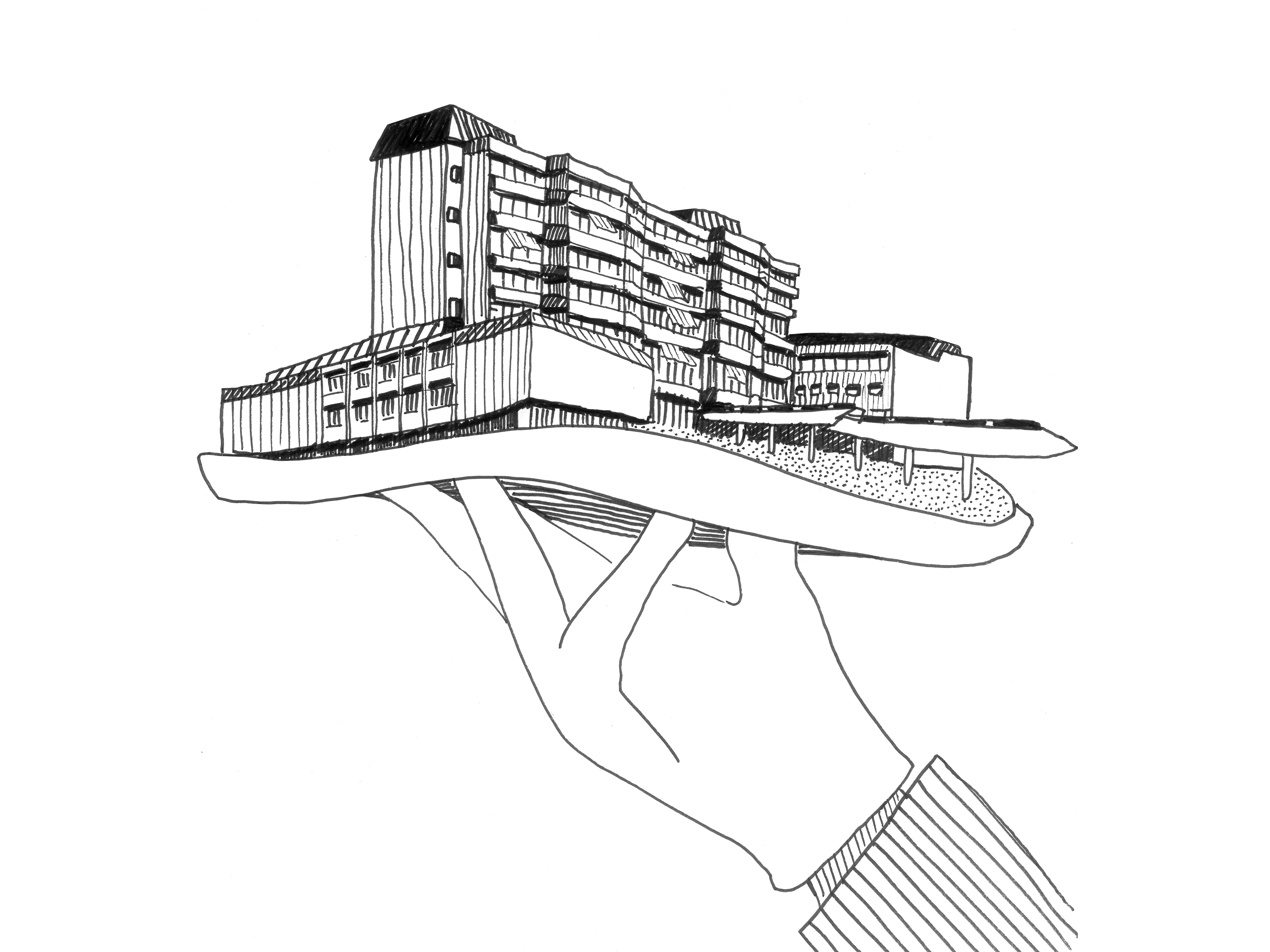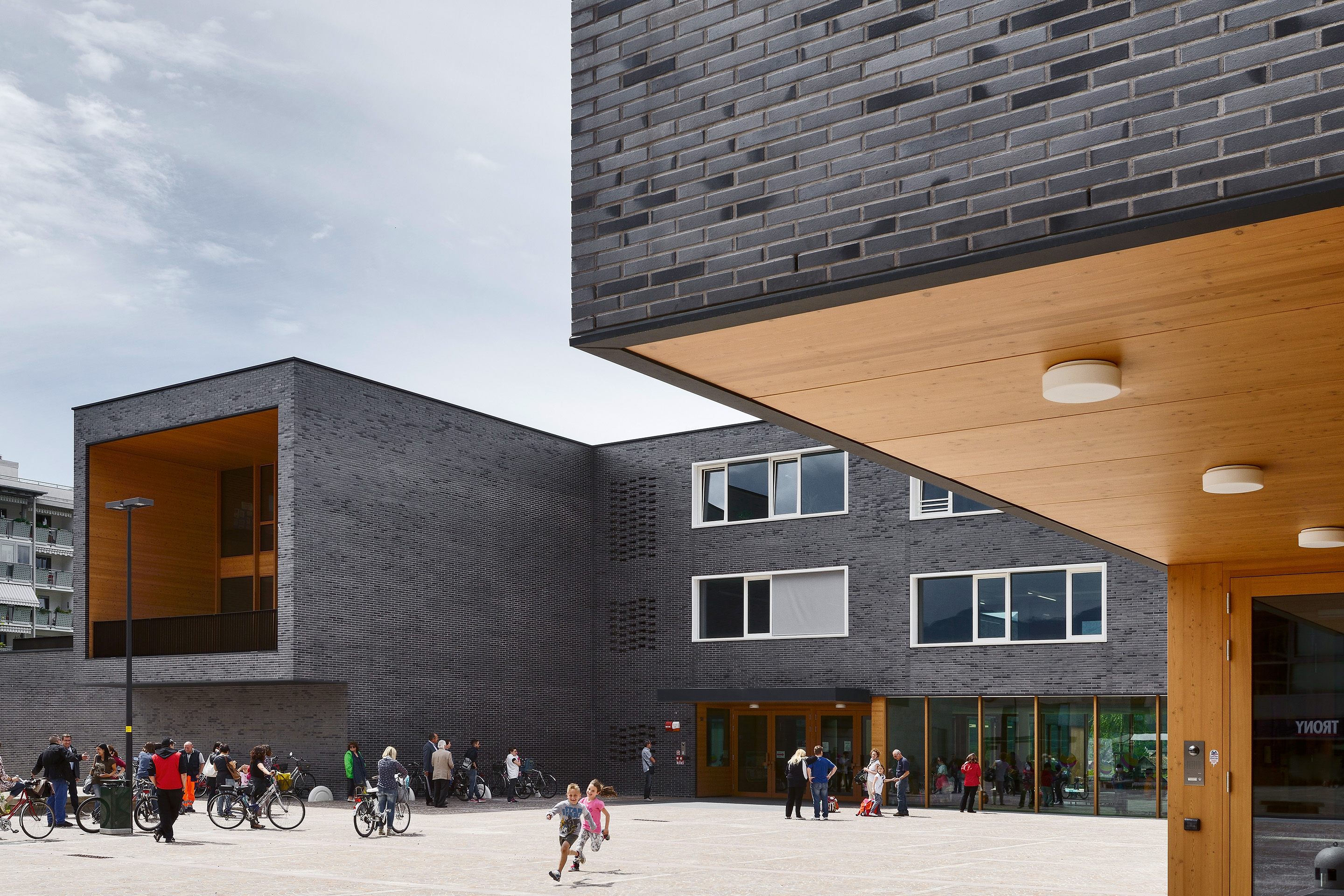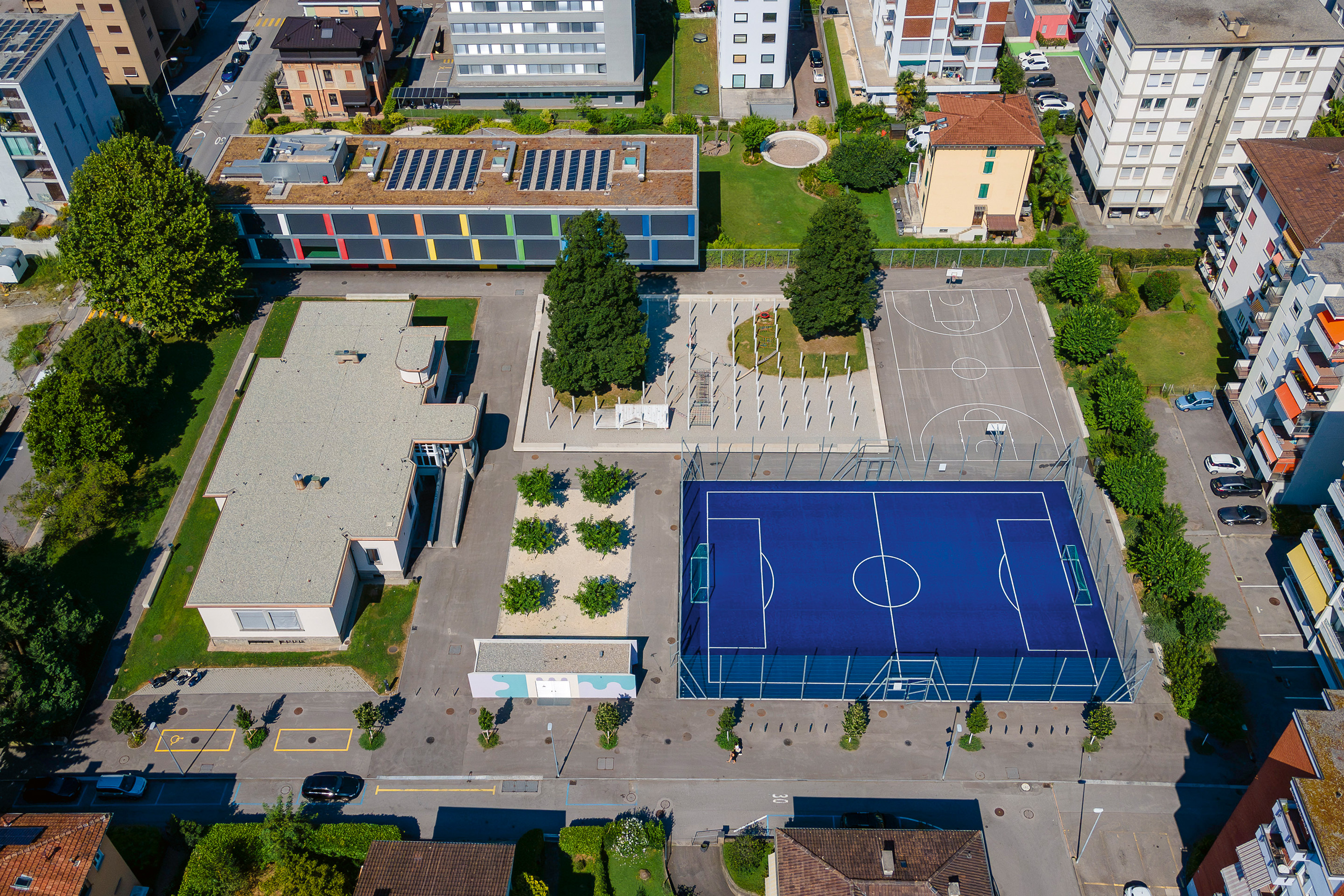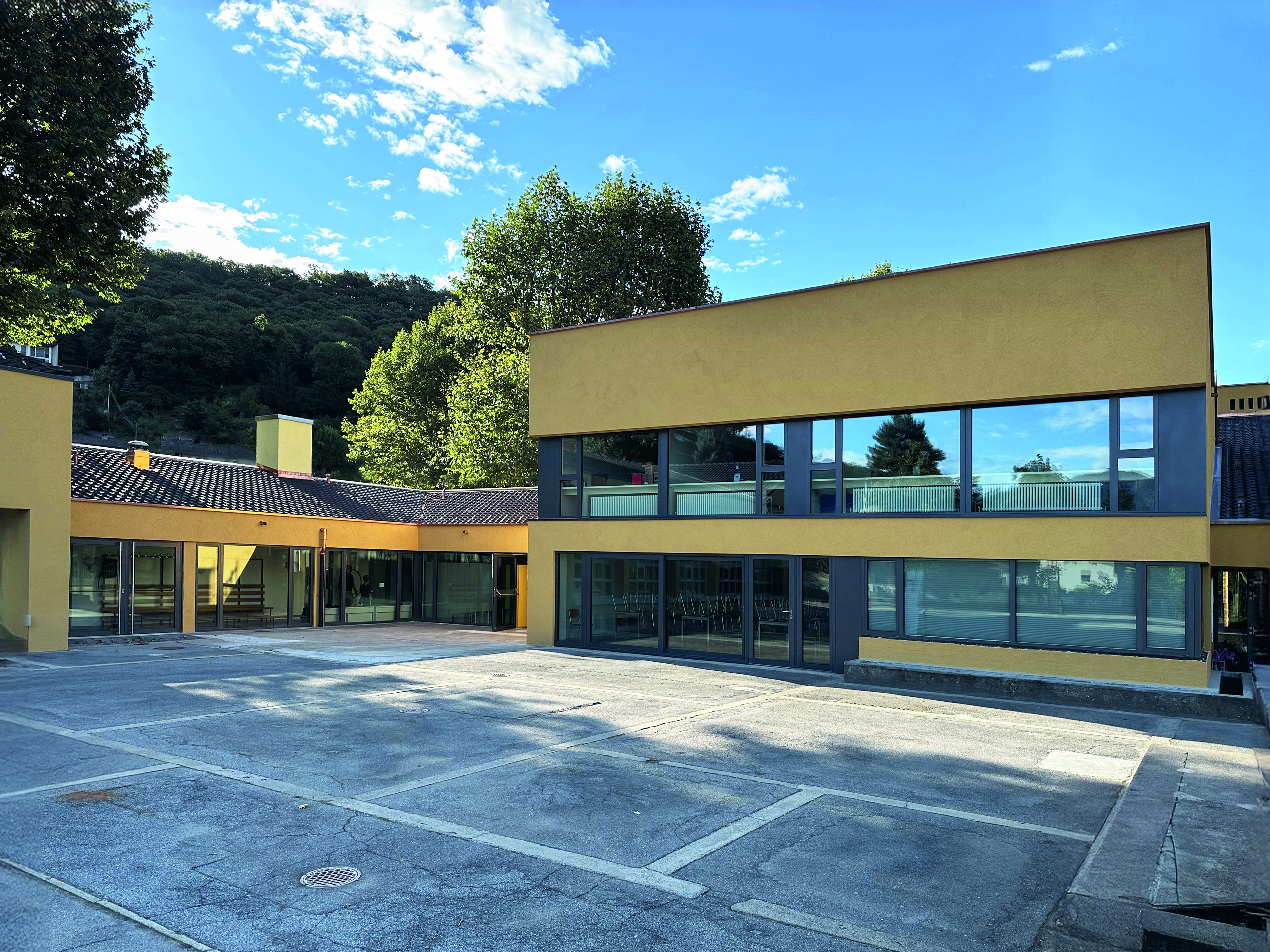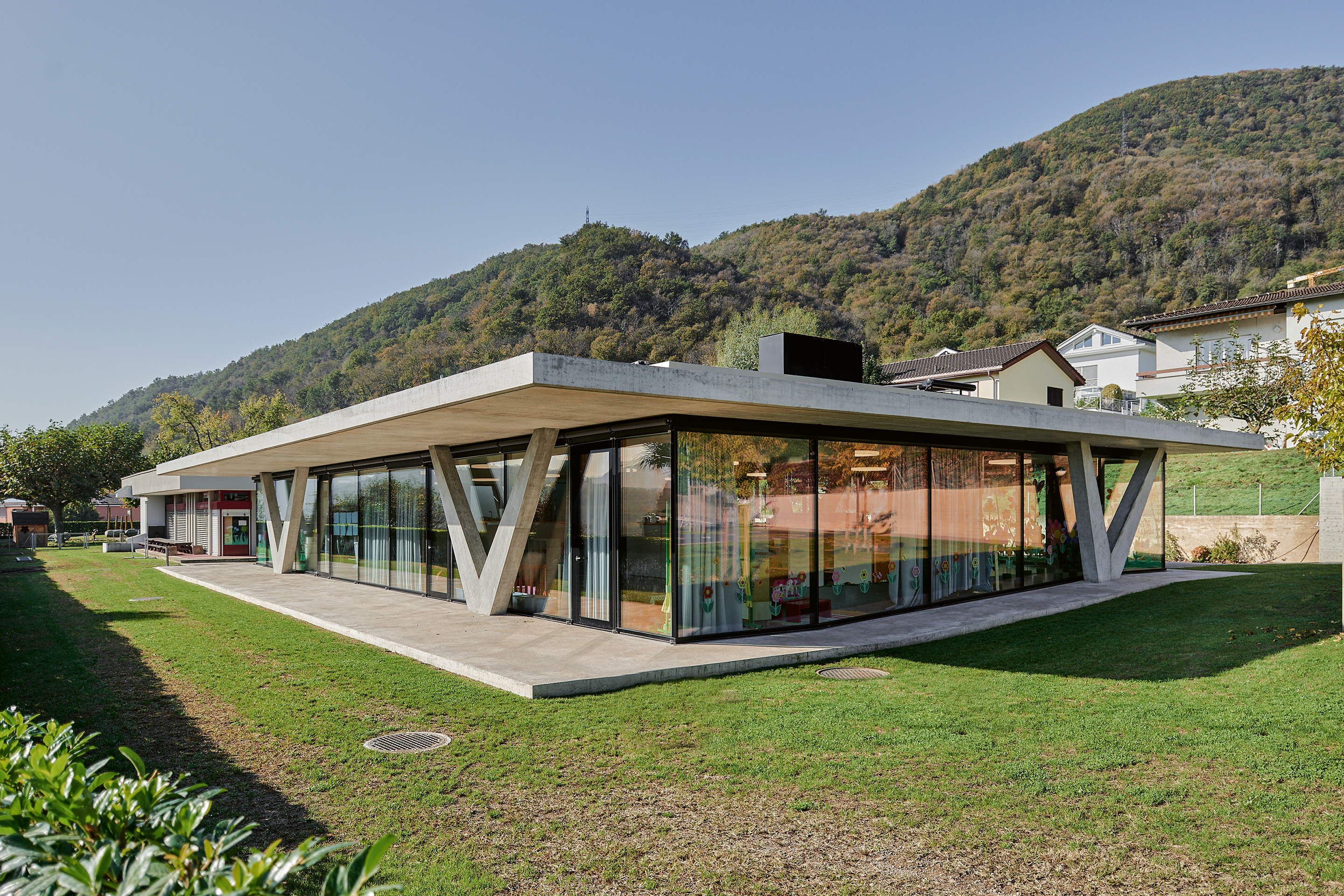School, quo vadis?
School architecture is not just about buildings, but about shaping spaces that nurture, include, and build community. This issue explores the school as a civic, ethical, and social project—balancing freedom and belonging, responsibility and shared imagination.
Quo vadis, scuola? testo in italiano
In the words of the masters, we seek the kind of authority that can chart a treasure map – one where the X marks the word «educate». As is often the case, etymology hides something precious and forgotten: educare originally meant «to raise», «to nourish», «to help grow» – not only children, but animals and, more broadly, life itself. The Romans practical people, as we know – used educāre in the tangible sense of care and healthy development.
To teach architecture, said Luigi Snozzi, is to teach how to see. Not to recognize styles or repeat models, but to critically examine the landscape, society, the city, and the human relationships that every project inevitably alters. Architecture is never neutral: every act of design is an ethical and political gesture, a form of responsibility toward the context we inherit and transform. Giancarlo De Carlo took this idea even further, arguing that architecture doesn’t construct buildings, but relationships. For him, participation was not an optional add-on, but the pedagogical core of the design process: the project is an open, dialogical, and educational process. School buildings, more than any others, embody this collective responsibility: they are places where we learn to live together, to practice everyday democracy, to negotiate difference and conflict. Every classroom, hallway, and courtyard is a micro-politics of space.
Yet this pedagogical dimension risks being neutralized today by seemingly rational forces – a concern eloquently expressed by Sandra Giraudi in her interview. This issue offers a broad panorama: a selection of recent school projects, developed through public competitions with qualified juries, adhering to the criteria set out in their calls. Still, a larger question arises: under the pressure of budget constraints, maximum efficiency, compact layouts, and ease of management, a certain trend has taken hold – one that favors an image of performance at the expense of shared, collective spaces. This, in turn, compresses the learning experience, limits opportunities for appropriation, and weakens the sense of belonging.
In this context, the thought of Herman Hertzberger resonates powerfully. A school, he argued, should be «a small city», where space invites encounter, movement, and independent growth. Architecture must be an open structure – one that does not prescribe use, but creates opportunities for choice and appropriation. Designing a school means creating spaces of decompression, interstitial zones of freedom, informal corners where the school community can experience the unexpected with ease.
As early as the 1960s, Alison and Peter Smithson called for learning from the codes of living culture. Learning from the patterns of everyday life was a call to read the spontaneous density of urban and social behavior. A school, like a city, is a living, layered organism – shaped by multiple uses that resist rigid planning. To confine the educational experience to closed models is to deny its vitality. Even more radical was Aldo Van Eyck, who explored a spatial pedagogy of freedom and imagination through his experimental playgrounds. Architecture must protect the childlike capacity to wonder, explore, and invent. This curiosity cannot be contained by a curriculum; it lives in spaces of relation, in the ability to move, to take ownership, to imagine. The delicate balance between freedom and belonging, between openness and protection, does not necessarily call for invention. As Sandy Attia and Matteo Scagnol note in their interview, even an elementary architectural typology – such as a colonnaded portico – can contain the full complexity demanded of today’s schools.
This issue does not nostalgically oppose past and present. Rather, it offers a well-documented look at recent developments in school architecture in Ticino, capturing a snapshot of the current landscape: the widespread design capacity, the efforts of public administrations, and the commitment of architects in responding to complex needs. It is not a refusal of criticism, but a necessary contribution. This collection raises a question: what direction do we want to give the school as a public architecture? Not a stripped-down functional container, but a living organism – generous, attentive to daily well-being, and open to the complexities of life. Function must not be used as an excuse for design austerity: to serve function today means to engage with the social, pedagogical, and urban complexity embodied by the school. In embracing that complexity, good architecture finds its true purpose.
To close, we borrow a final thought from Teddy Cruz, architect and urbanist who works with communities marked by fragility and conflict. For the Guatemalan-born American architect, architecture is a form of social weaving – a process that forges ties between people, places, and cultures. In Gaza, in Ukraine, in Sudan, as in many other places scarred by war, where schools are collapsing under bombs, this lesson takes on a new and harrowing urgency: to design spaces for learning is an act of civic survival, a gesture of resistance against erasure. But the value of education – the foundation of any community – is universal. It also concerns seemingly protected contexts like our own. Where there are no ruins, there may be neglect. And where the link between school and society weakens, so too do democratic fabric, local rootedness, and trust in institutions. The boundaries are fragile, as recent events in the United States have shown. To truly invest in schools is to create spaces that are not only efficient, but profoundly social: spaces of encounter, of listening, of shared meaning. Architecture cannot merely acknowledge that social issues exist – it must engage with them, give them form. That means welcoming complexity, shaping space, working at the scale of both the human and the urban, thinking of the individual and the collective. A well-designed classroom can hold a class, but protecting a single child in the shade of a tree is a foundational gesture. In this sense, school architecture stands as one of the highest – and most demanding – expressions of public architecture.


